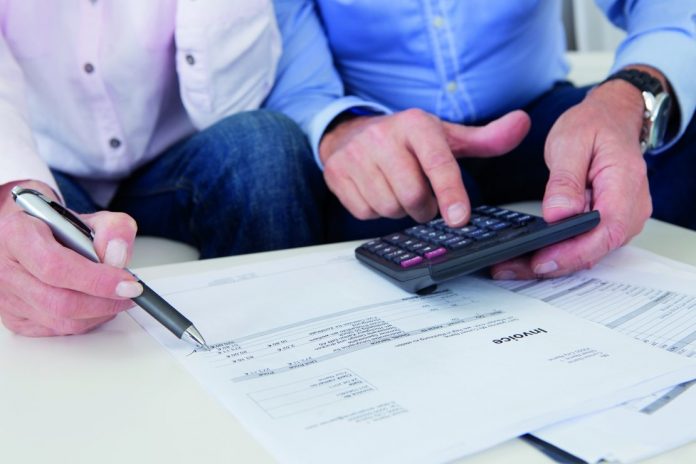
For any business that wants to cut the cost of their Business gas or use less electricity so that their yearly electricity bill is reduced, it is important that they first know how the energy market works; including the costs and how much energy things use.
The typical business energy bill contains lots of different information and so, at first glance, can seem very complicated. However, all of the important information that a business needs to know is on there, so it is just a case of knowing what to look out for.
An energy bill is usually broken down into two distinct sections – general information and charges.
General Information
Each and every business energy bill will contain either some or all of the following general information:
- Type of charge – this tells a business if its energy bill is accurate or if it is based on an estimate.
- Account number – this is the unique identifier for a business’s account.
- Bill date – this represents the period in time over which the business is being billed for its energy use.
- MPRN / MPAN – this is a number that is used by the energy provider in order to identify the meters that are in a business’ premise.
- Bill number – this is a reference used by the energy provider as a means of identifying a specific bill.
- VAT number – this is the business’ registered Value Added Tax (VAT) number.
- Contract details – this contains a short summary of details pertaining to the contract that a business has with the energy provider.
- Billing period – this indicates the overall amount that a business has been billed for.
Charges
There are a number of different charges found on any business energy bill. They include the following:
- Cost breakdown – this is a breakdown of all the individual charges, thus allowing businesses to see exactly where it is that their money is going.
- VAT charges – this shows the amount that is added to a business’ energy bill for Value Added Tax (VAT).
- Billing period charges – this indicates the overall amount that a business has been charged during the billing period thus far.
- Total amount due – this is the exact amount that the business owes the energy provider.
- Outstanding charges – this is the amount owed from any previous bills.
Individual Costs
Some of the individual costs that may appear on a business’ energy bill includes the following things:
- Metering costs – this represents the cost of the energy provider having to maintain the energy meters in a business’ premise.
- Supplier margins – this is what the energy provider makes from a business being their customer.
- Climate change levy (CCL) – this is a tax that is in place that aims to make businesses become more energy efficient, thus reducing their carbon footprint.
- Wholesale energy costs – this is what it costs the energy provider to purchase the electricity and gas from the wholesalers.
- VAT – this is charged at 20 percent as standard, although if a business uses below a certain amount of energy a day, it is lowered down to 5 percent.